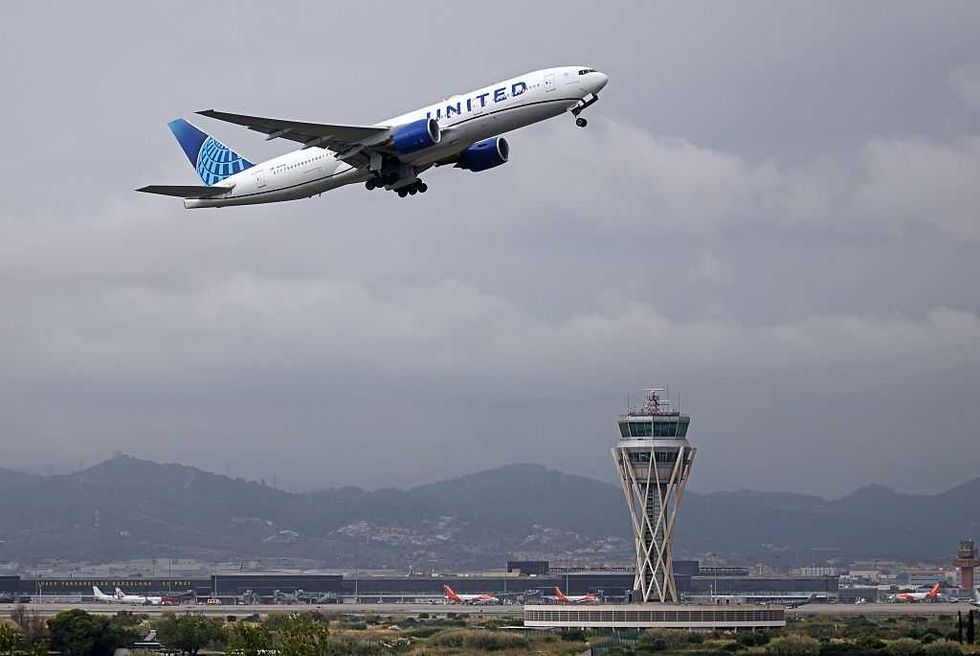
www.theblaze.com
'The voices in her head are not real': Senator Kennedy issues a hilarious rebuke of Jasmine Crockett
In response to Texas Rep. Jasmine Crockett's newly launched Senate run, Republican Sen. John Kennedy of Louisiana offered a lighthearted analysis of the Democrat's rising star. Crockett announced her highly anticipated Senate bid in early December after her Democratic colleague Colin Allred opted to run for a House seat instead. Crockett is now expected to face off with Texas state Rep. James Talarico (D) in a contentious primary ahead of the 2026 election. 'She is wrong on every single issue.'Although Democrats have embraced Crockett as an up-and-coming political leader, Kennedy offered some much-needed advice about the Senate race to his colleagues across the aisle. "We all have the right to express our opinion," Kennedy said. "You're not free if you can't say what you think, and the congresswoman has a right to her opinion."RELATED: 'Complete lizard person': Chuck Schumer gives stunningly tone-deaf remarks following Australia attack Nathan Howard/Bloomberg via Getty Images"But I have the right to mine," Kennedy added. "And somebody needs to tell the congresswoman, it will be in her best interest, they need to tell her that the voices in her head are not real."Kennedy pointed out that Crockett's progressive policies combined with her many, many questionable comments will not bode well in a red state like Texas. "She is wrong on every single issue," Kennedy said. "The people of Texas will never embrace her message. I don't know why she's doing this, but you have the right in America to do dumb things if you want to."RELATED: ‘Very low-IQ person’: Jasmine Crockett launches Senate campaign with funny video that may give the GOP the last laugh Photo by Win McNamee/Getty ImagesTo Republicans' delight, Crockett actually has a shot at winning the Democratic primary. One poll has Crockett ahead of Talarico, a more moderate Democrat, by eight points. Although she is projected to sweep the competition on the Democrat side, her poll numbers against Republican challengers make a GOP victory in 2026 look promising. Republican Sen. John Cornyn of Texas, the incumbent in the race, is polling a comfortable six points ahead of Crockett. This margin narrows against Republican challenger Ken Paxton, who is currently projected to have just a two-point advantage. Like Blaze News? Bypass the censors, sign up for our newsletters, and get stories like this direct to your inbox. Sign up here!

















